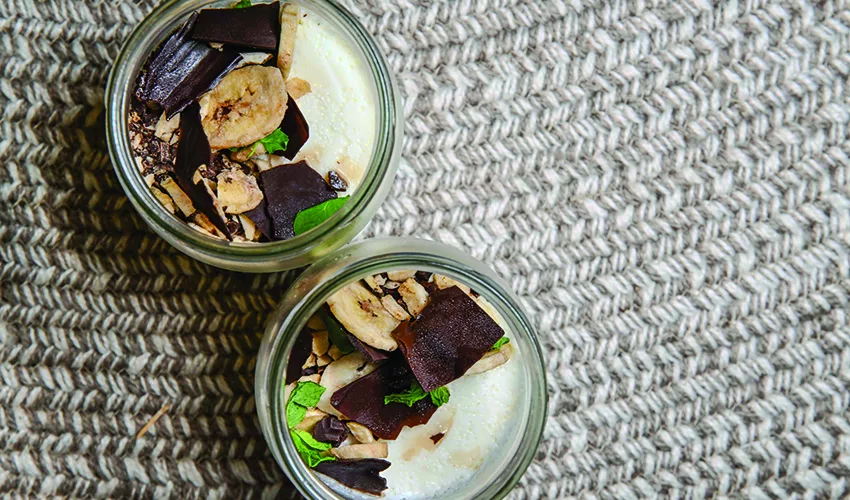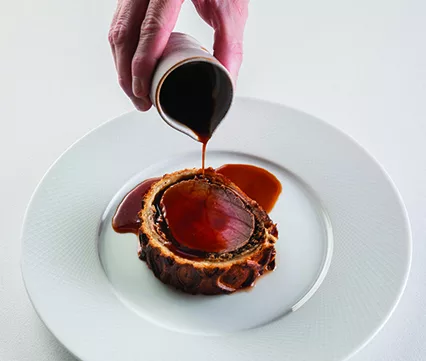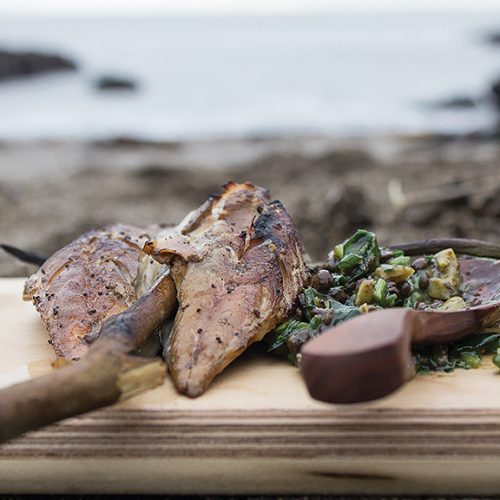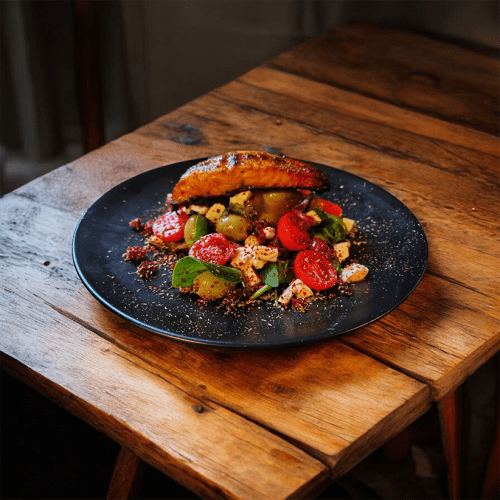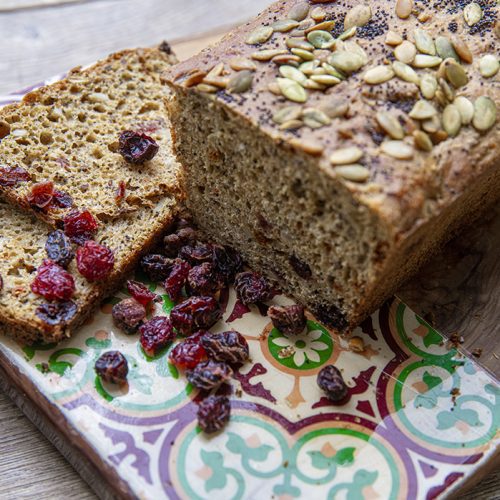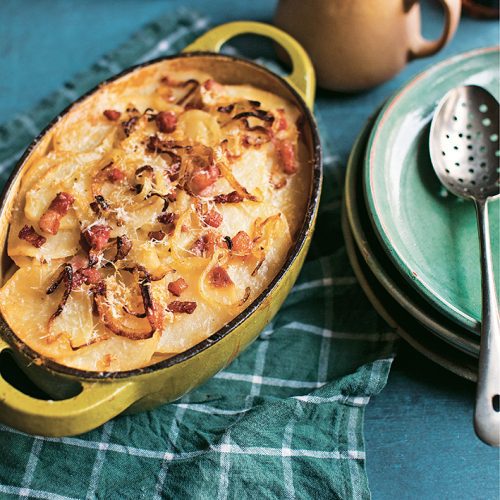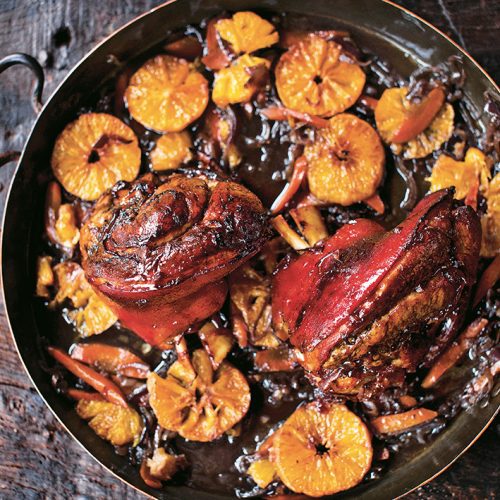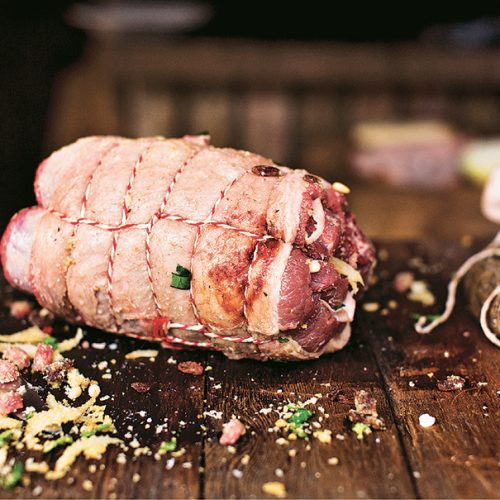Words: Keith Abela, founder of Natural Preserves.
We all know and love potatoes, they’re versatile, easy to cook, nutritious, and amongst other things, store really well at room temperature. Its no wonder that these super tubers are one of the most popular carbohydrates, but it wasn’t
always that way, for most of the world potatoes have only been a staple for the last 300 years.
Potatoes originate trom the mountains of Peru where they’ve been cultivated and consumed for millennia. By the time European explorers got to the new world natives to this region were already cultivating thousands of varieties, and discovering new preservation techniques many of which we still use till today. In fact the process of freeze drying potatoes was actually invented in Peru roughly 500 years ago, although they don’t have the machinery we do now, native peoples used to place their potato crop at the top ot a mountain, where the combination of freezing cold and direct sunlight draws all the moister out of the spud with little damage. Once freeze dried the crop would last for years, rehydrated in liquid and turned into a mash or some other traditional dish. Instant mashed potatoes (powdered milk, instant coffee, and all of NASA’s foods) are basically made in the same way except we now use machinery to replicate the process.
Eventually European explorers brought potatoes with them to Europe, but it took a short while for us to start eating them with confidence. You see potatoes belong to the nightshade family, a family that includes wonderful
edible fruit like peppers, aubergine and tomatoes, but also some deadly or toxic varieties like tobacco, belladonna and deadly nightshade. Even the leaves, green tubers and berries of the potato plant contain a potent neurotoxin called solanine, so past Europeans had every right to avoid this plant. So that being said if you have any green potatoes at home please throw them out.
But by the late 16th century cultivation started taking place with recipes including potatoes showing up all over mainland Europe, where eventually they became an important staple in several countries, even causing mass starvation if a crop fails.
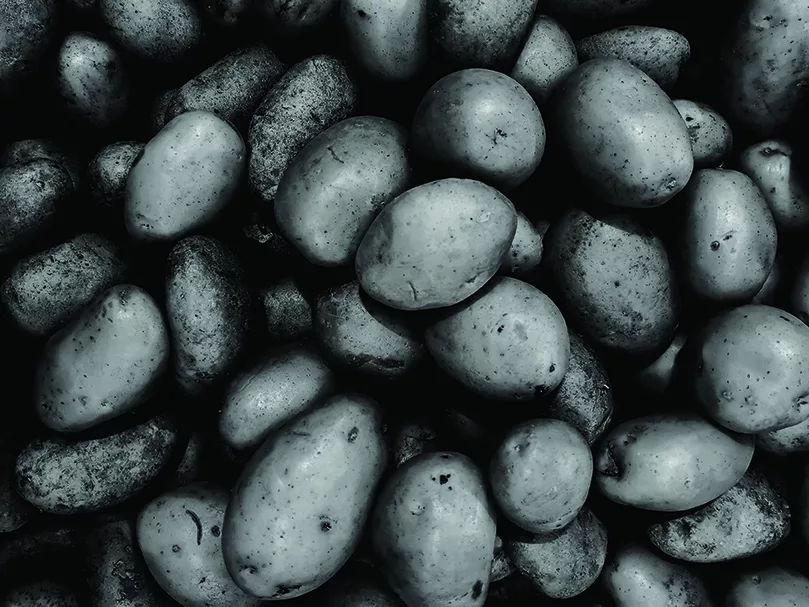
It is estimated that there are roughly five thousand varieties of potatoes cultivated across the globe, all with their own colours, flavours and structures. The genetic diversity of this crop means that unique cultivars can grow in a variety of different altitudes, soil types and climactic constraints and that’s amazingly new to us.
This diversity also leads us to more culinary creativity, and versatility in the kitchen. Chips, crisps, mashed, jacket, roasted, even vodka and so many other things wouldn’t be possible without potatoes, and yet it is so very important to use the right potato for the right job. In culinary terms we divide potatoes into 3 distinct groups; starchy, waxy and all purpose. On a personal note I don’t care for the all-purpose varieties, they’re the jack-of- all-trades master of none sort of thing. These groupings happen because of two main starches; amylose and amylopectin, both found in potatoes to varying degrees.
Waxy potatoes tend to have a low starch content, but tend to be high in amylopectin, a type of non-water-soluble starch that gels really well and helps hold the shape of the potato once boiled. These potatoes tend to also have higher amounts of water. They’re best used for boiling, steaming and salads. Due to the high amount of amylopectin using these potatoes for a mash would result in a rather unpleasant, gummy mash that resembles wallpaper paste.
Starchy potatoes are the opposite, low in amylopectin but high in the starch amylose, its water soluble cousin. These are absolutely perfect for mash, jacket and any other preparation that requires some crunch to it. Its floury texture after cooking helps absorb fats, blocking the gummy starches from working properly. The floury texture also allows for more oil absorption in the nooks and crannies where hot oil transforms the starches and sugars into a crispy or crunchy texture with a golden-brown hue.
However, its not only the type of potato that makes the difference, its also storage. Potatoes kept in the fridge aren’t very good for making nice crunchy spuds. While in the fridge, potatoes, being after all the seed for the next generation, tend to convert starches to sugars to protect itself from freezing and dying off. This means that when one goes to fry a potato the sugars caramelise before the spud even had time to cook, leading to a product that’s still raw but simultaneously burnt. You can reverse this by leaving the potatoes out for forty days at room temperature or boiling the potatoes in water with bicarbonate of soda before frying.
Anyway you look at it, life without the humble spud would be far less exciting. Its nutritious, has a long shelf life and it’s so versatile the recipes are endless. Just remember potatoes are far more complex than we can imagine, so please use the right potato for the job, you’d be amazed at the results.


